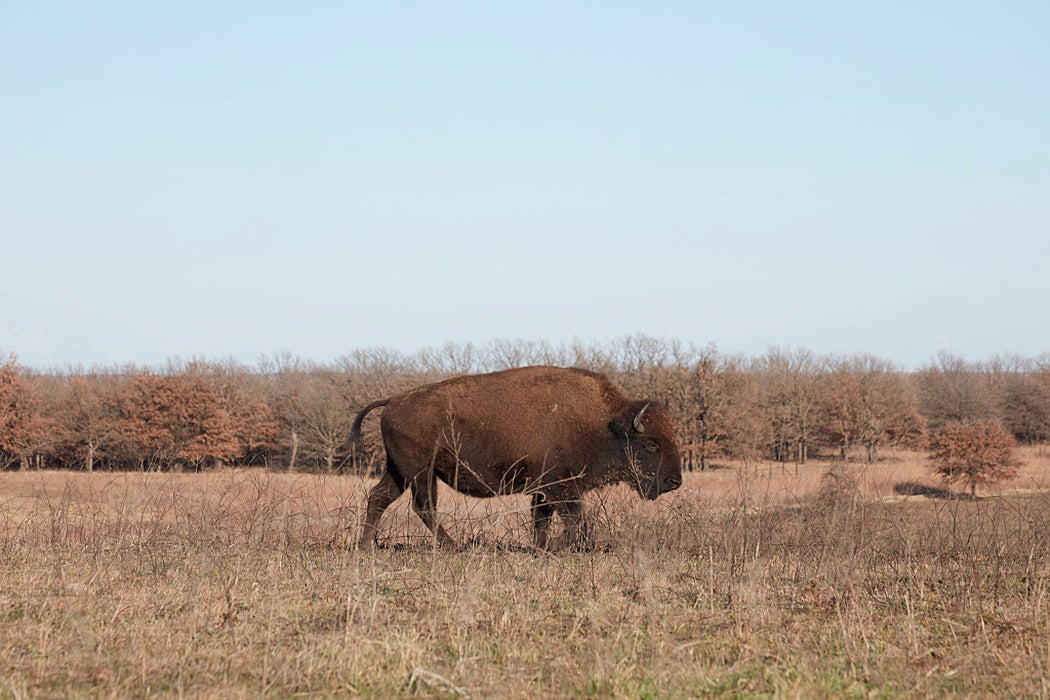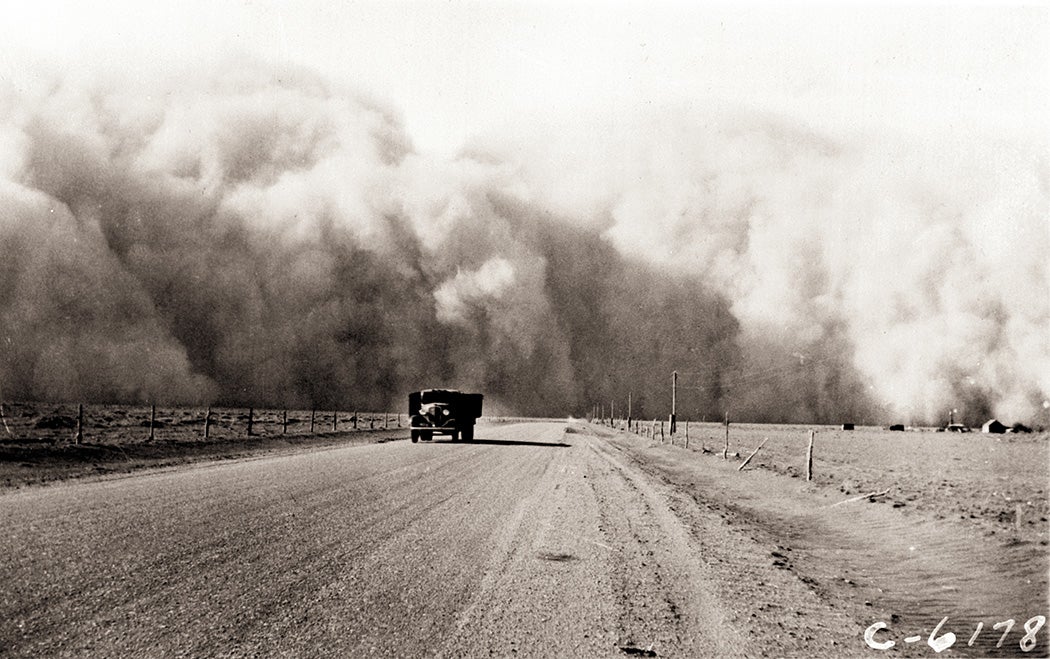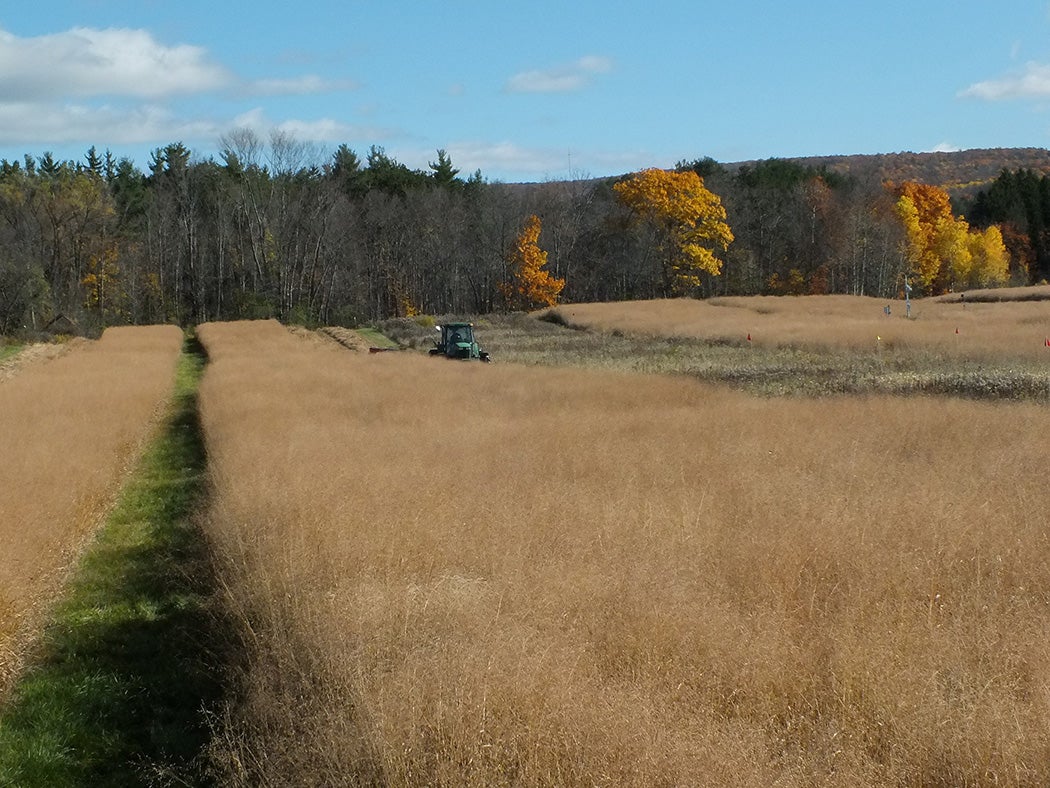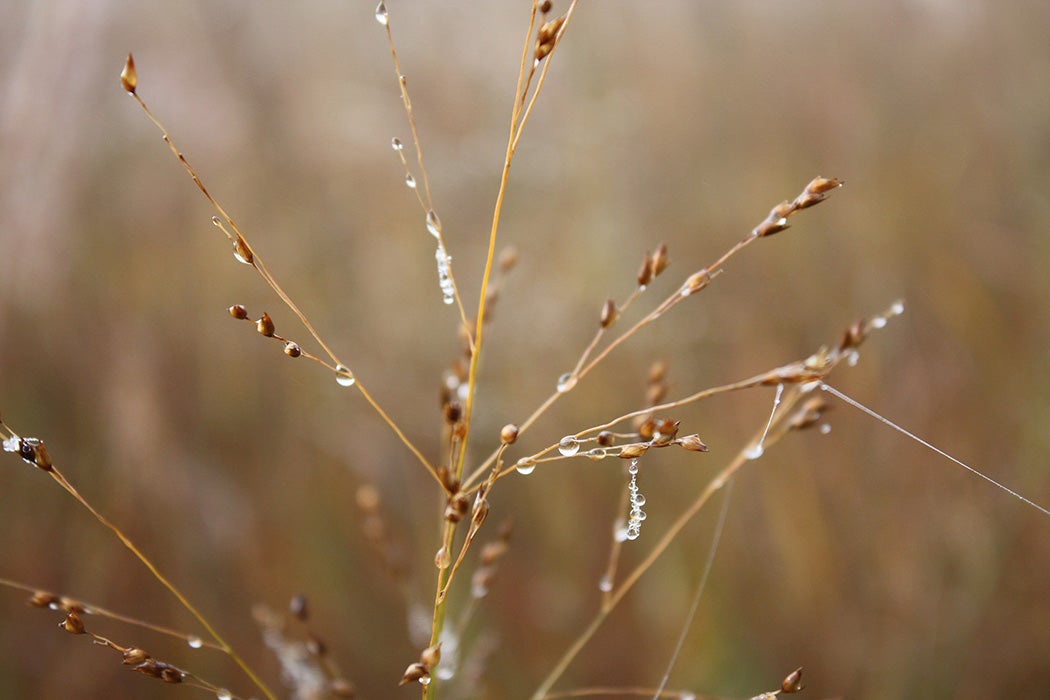At the start of each new year, conversations about renewable energy and ways to reduce emissions and replenish our resources rise to the surface. A few months ago, my classmate and climate solutions analyst Lisa Wang got in touch with me asking if I knew about switchgrass, a perennial prairie grass native to the Midwestern United States. Wang explained that the plant “is a great biomass crop and can be used for ethanol production.”
Wang reached out to me because many species are native to my home state, Iowa. Prairie grasses used to cover 80 percent of its territory, but, today, less than .1 percent of the original prairie remains. Before perennial grasses such as switchgrass were mowed down to make way for farmland, they flourished in the region. And now there are calls to bring them back.

Switchgrass, also known as Panicum virgatum, can be found in every US state east of the Rocky Mountains. It used to cover large swaths of the American Midwest, creating vibrant ecosystems where birds and butterflies foraged. Prior to European colonization, wild grassland “stretched from what is now Edmonton, Alberta, south almost to Mexico City,” a distance of more than 2,500 miles, writes Tim Fitzharris in his natural history of the Western Plains.
American grasslands are incredibly resilient. According to Fitzharris,
Self pollinating, grass needs only a breath of wind to start the process of seed production…the roots are perhaps most amazing of all. Sending branches out horizontally, they are able to send up new grass stems. In times of drought the microscopic root hairs can probe the soil to take in the most infinitesimal bits of moisture.
The prairies were once home to bison, pronghorn, grouse, prairie dogs, and raptors such as eagles and hawks. Wildflowers were the source of food for pollinators. The prairie and its animals also provided food, shelter, and spiritual value to many Indigenous peoples.
Imagining a country filled with endless acres of prairie grasses is difficult, especially for those who have seen the present-day Corn Belt, where buildings and neat rows of commodity crops are the most common sight.

“If many people accept the modern landscape of corn and soybeans as more or less the ‘natural’ shape of a rural environment…that is understandable. Vanishingly few relics remain of the previous vegetation,” writes historian Robert Morrissey in his book People of the Ecotone.
In the mid-nineteenth century, European colonizers began planting crops where native grasses once stood. The Midwest, however, was not just chosen as a fertile “heartland” by happenstance. One of the primary reasons it has such fertile soil is because of plants like switchgrass, which grew in the land left behind by retreating glaciers more than 10,000 years ago.
The ramifications of the destruction of the prairie are only becoming clearer as each year on Earth passes. The destruction of American prairies to make room for farmland has been linked to the Dust Bowl catastrophe of the 1930s; prairie grasses consolidate soil, and without them, the soil eroded and ultimately devastated the Great Plains.

The destruction of the prairie also meant the destruction of carbon-sequestering grasses like switchgrass, ultimately accelerating anthropogenic climate change. Without the prairie, soil health declines as commodity crops are rotated with each other, depleting the nutrients without replenishing the soil. This means that the food we eat is less nutritious, and the soil we use to grow that food won’t be productive for much longer.
Today, there are calls to bring switchgrass and other perennial grasses back to their native lands due to their many benefits. As a biomass fuel, although it still releases carbon into the atmosphere when it’s burned, switchgrass “growth takes up a similar amount of the gas, thus producing essentially no net increase in atmospheric carbon,” writes David J. Tenenbaum. Once switchgrass is ready for harvest, it’s chopped into small pieces and burned with coal in a generator. It takes only one “large bail” to fuel the electricity of one home for an entire month, he argues.
Switchgrass is even used to fuel the boiler at a hospital in Virginia. In some Midwestern neighborhoods, people are turning their front lawns back into prairies, where municipal codes and neighborhood social norms allow, of course.

Switchgrass can also be turned into ethanol, as Wang mentions, which has the potential to be used as fuel for cars. Corn is one of the primary contributors to ethanol production, but switchgrass is a lower maintenance resource. Growing it requires “fewer mechanical and chemical inputs,” explain Miriam A. Cope, Sara McLafferty, and Bruce L. Rhoads. Moreover, its “extensive root systems make [it] resilient and capable of growing on highly erodible land, thereby providing the potential to reduce soil erosion and improve water quality.”
Weekly Newsletter
Cope et al. write that in a survey conducted in Illinois in 2011, the majority of surveyed farmers acknowledged that “biofuels are important for reducing dependence on foreign oil,” and that “perennial energy grasses can improve water quality.” Most importantly, almost half were willing to plant perennial grasses on their “marginal land,” not to replace the more customary corn and soybean, but, rather, to complement them.
On a Saturday in December, I went to my local community garden. There, blowing in the breeze, were multiple plots of switchgrass, browning under the Washington, DC, chill and sequestering just a little bit of carbon from the concrete jungle. The garden stewards told me they planted switchgrass because of its affordability and the ability to help create a “natural screen” for a room in the garden. They also chose it for its drought resistance and heat tolerance—two qualities important in DC winters for community gardens nestled in brick alleyways—and for its ability to grow deep roots. Another factor, almost surprisingly, was its aesthetic appeal, for switchgrass grows flowers and can turn purple depending on the breed. The Plant Humanities Initiative at Dumbarton Oaks seeks to reframe the way we see the role of plants in human society.
Editor’s note: The article was updated to change “antelope” to “pronghorn.” Though colloquially known as prairie antelope, this land mammal is a species of artiodactyl.
Support JSTOR Daily! Join our membership program on Patreon today.








